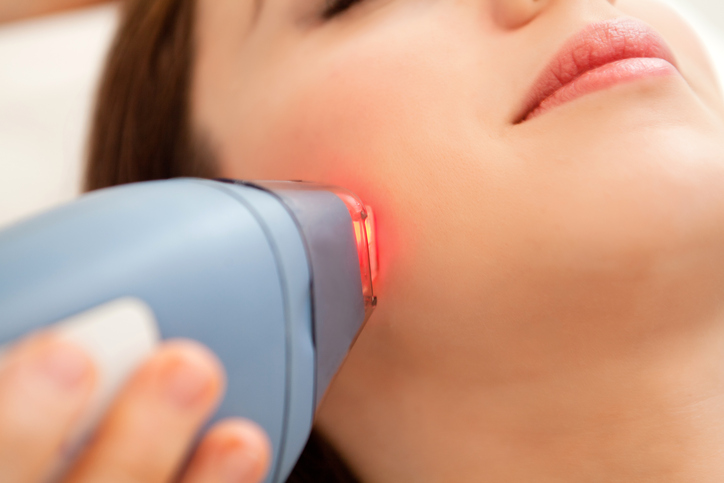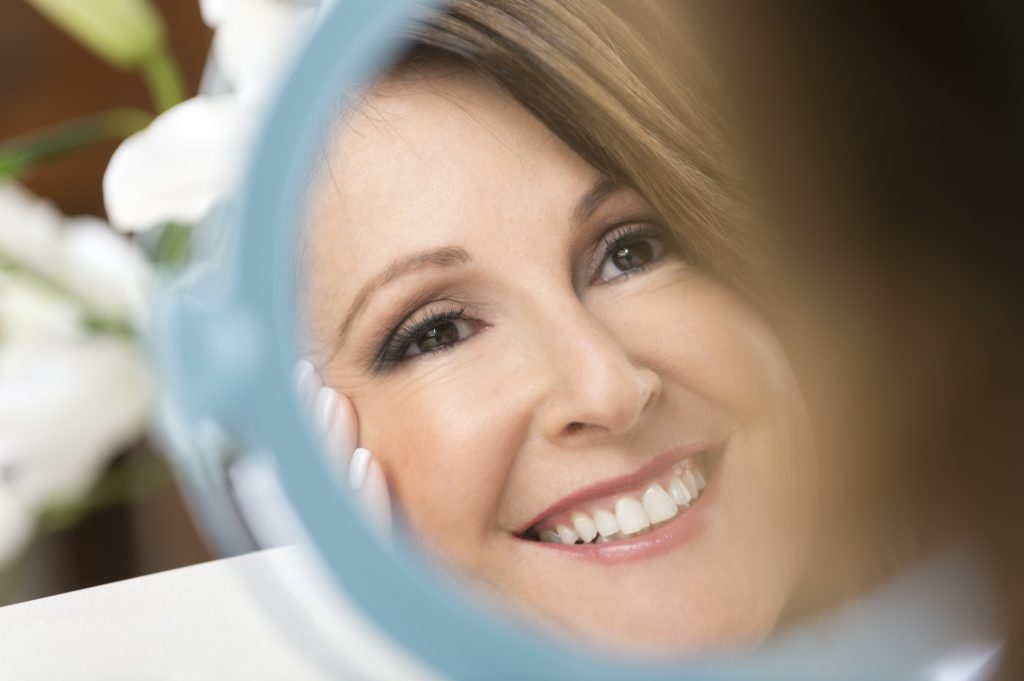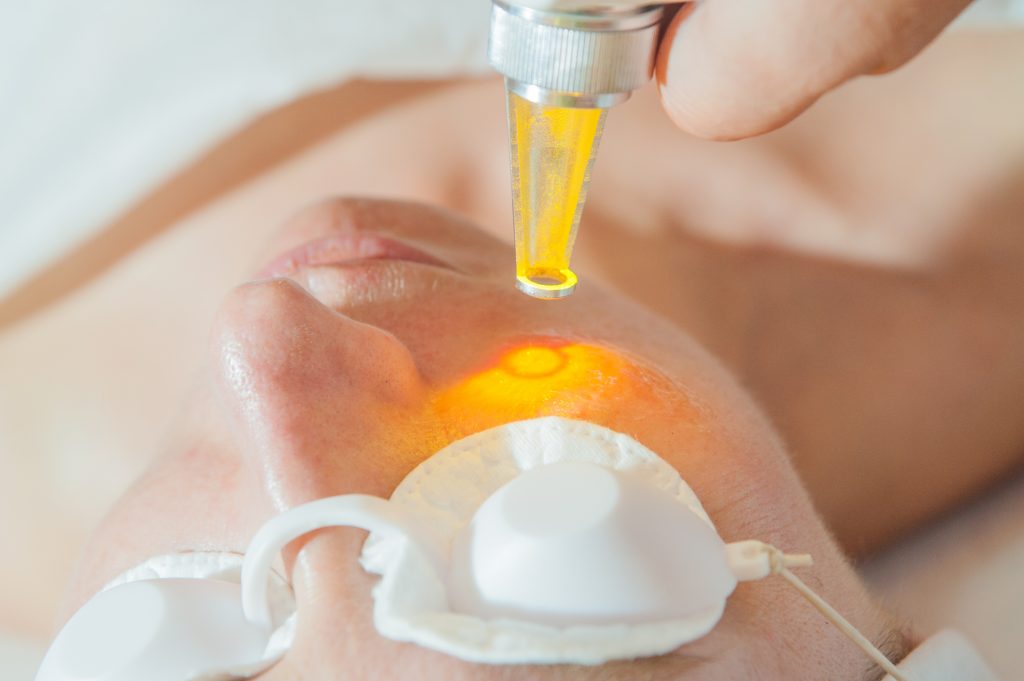Laser Skin Resurfacing from U.S. Dermatology Partners
What Is Laser Skin Resurfacing?
Laser skin resurfacing is a treatment used to reduce facial wrinkles and skin conditions including acne, scars, warts, enlarged glands on the nose and more.
The process vaporizes the upper layers of skin, which creates a wound that encourages the body to produce new collagen. The collagen and elastic fibers tighten as they heal, and the tightened skin eliminates wrinkles as it pulls together.

Laser skin resurfacing reduces facial wrinkles and treats skin conditions.
Find This Service Near You
Who Is a Good Candidate for Laser Skin Resurfacing?
Laser skin resurfacing is good for individuals with fine lines or wrinkles around the mouth or eyes; it also works well on shallow scars, such as those left by acne. Skin that is nonresponsive after a facelift also responds well to this procedure.
How Is Laser Skin Resurfacing Done?
During treatment, a laser beam directs short, concentrated beams of light at the treatment area. These are delivered in rapid pulses and remove the skin layer by layer until the problem area has essentially been vaporized.
Are There Side Effects to Laser Skin Resurfacing?
Some of the potential risks associated with laser skin resurfacing are burns from the heat of the laser; scarring; changes in the skin’s pigmentation, which will be more noticeable on darker skin and bacterial infection. Additionally, as with many light and laser treatments, dormant herpes cold sores may be reactivated. During the healing process, and you may develop small white bumps called milia, which may need to be treated by your doctor.
How Long Will Laser Skin Resurfacing Last?

*Results may vary by individual

